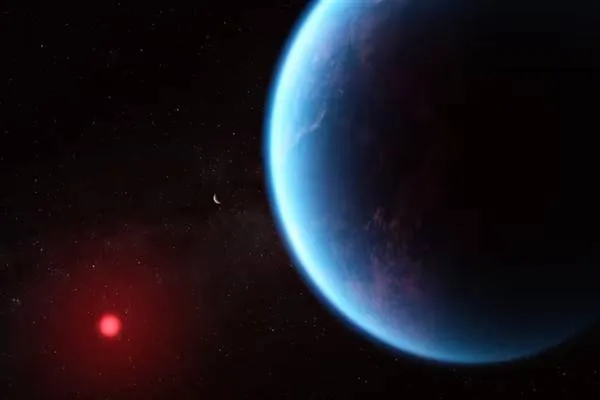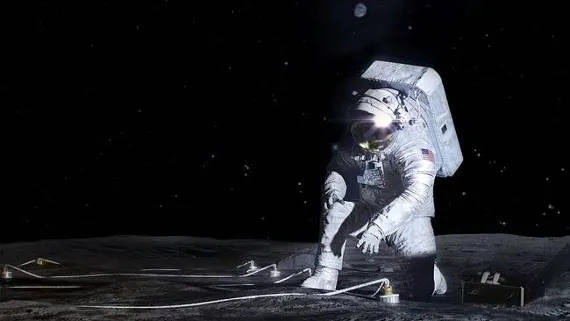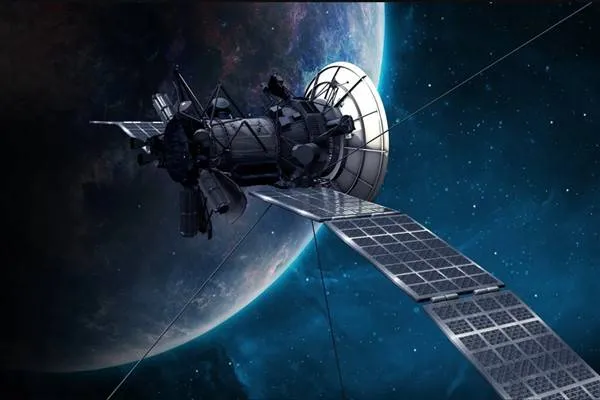Madhusudhan: The strongest evidence yet for life beyond our solar system
Stockholm, April 17 (Hibya) – Astronomers claim that a giant planet 124 light-years away from Earth has revealed the strongest evidence yet that extraterrestrial life may be developing beyond our solar system.
The James Webb Space Telescope’s observation of a planet called K2-18 b appears to reveal chemical fingerprints of two compounds known on Earth to be produced only by life.
The detection of dimethyl sulfide (DMS) and dimethyl disulfide (DMDS) does not constitute proof of alien biological activity, but it could bring us much closer to answering the question of whether we are alone in the universe.
Professor Nikku Madhusudhan, an astrophysicist from the University of Cambridge who led the observations, said: “This is the strongest evidence to date for biological activity beyond the solar system. We are being very cautious. We must ask ourselves whether the signal is real and what it means. Decades from now, we may look back and realize that this was the moment the living universe became accessible. It could be a turning point in answering the fundamental question of whether we are alone.”
Located in the constellation Leo, K2-18 b has about nine times the mass of Earth and is 2.6 times larger, orbiting in the habitable zone of a cool red dwarf star less than half the size of the Sun. When the Hubble Space Telescope detected water vapor in its atmosphere in 2019, scientists declared it the “most habitable known world” beyond the solar system.
The findings, published in The Astrophysical Journal Letters, show that levels of DMS, DMDS, or both could be thousands of times higher than on Earth. The results are reported with a statistical significance of “three sigma” (a 0.3% chance of occurring by random), which is still below the gold standard for discoveries in physics.
Madhusudhan added, “There could be unknown processes that produce these molecules. But I don’t know of any known process that can explain it without biology.”
British News Agency
















